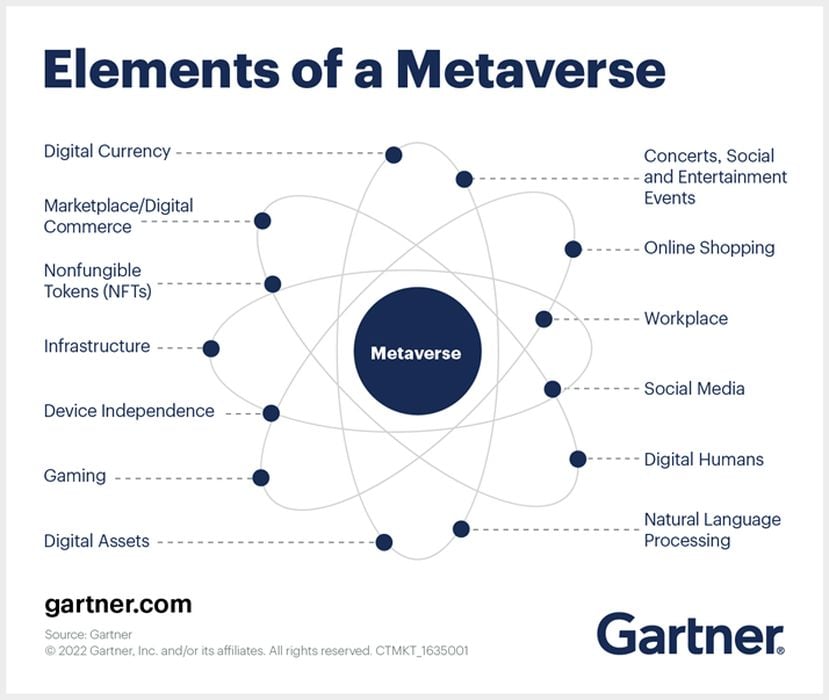
Charles Goulding & Andressa Bonafe examine the possibilities of 3D printing with the metaverse.
A recent report by technology research and consulting firm Gartner predicts that 25% of the global population will spend at least one hour a day in the metaverse by 2026. In this scenario, nearly 2 billion people will turn to the metaverse for work, shopping, education, social interaction, and/or entertainment on a daily basis.
Sometimes referred to as “combinatorial innovation”, the metaverse leverages an array of existing technologies to change the way we interact with each other and with computer-generated environments. It brings together aspects of social media, online gaming, augmented reality, virtual reality, the Internet of Things, 5G, artificial intelligence, and spatial technologies to create a virtual shared space.
By enabling users to live a digital second life, the metaverse creates endless opportunities for innovation, opening the way for new experiences and major sources of revenue. Fueled by digital currencies and nonfungible tokens (NFTs), the metaverse market could be worth nearly US$800B by 2024, according to Bloomberg Intelligence. While the primary market opportunity comes from gaming, AR, and VR, social media and live events promise to grow considerably in the near future.
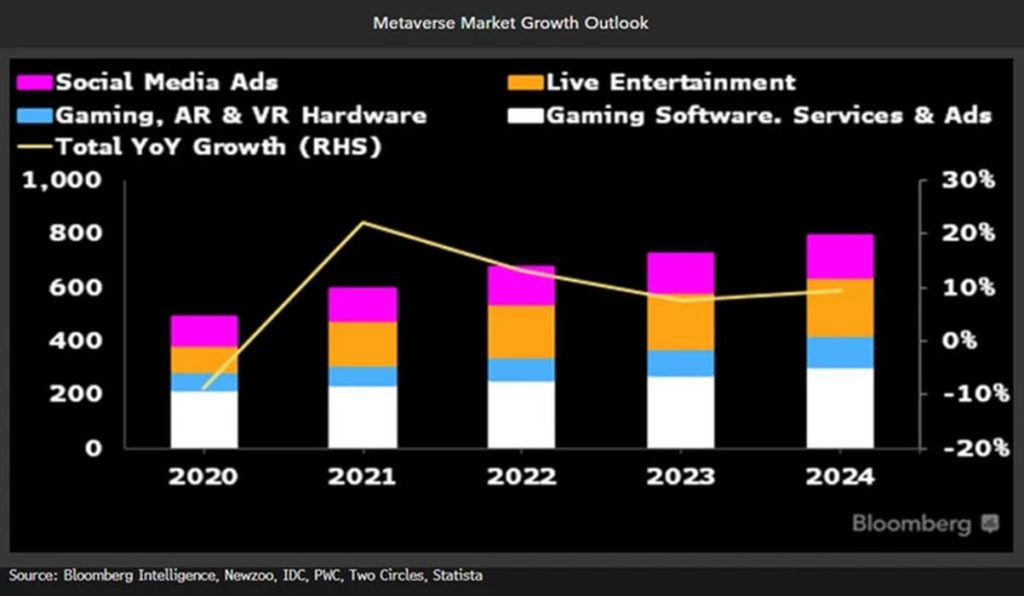
Pointing to the unprecedented ways in which enterprises can use the metaverse to expand their business models, Gartner predicts that 30% of the organizations in the world will have products and services ready for metaverse by 2026. Experts from the McCann Worldgroup’s Futures Group argue that the Metaverse can help overcome an array of business challenges, creating opportunities for personalized experiences at scale, innovative marketing efforts, and new loyalty-building tools.
Stepping into the Metaverse
The number and diversity of companies that are making their way into the metaverse is growing fast. Examples range from luxury brands and athletic apparel to toymakers.
In the luxury industry, the metaverse can bring a series of benefits, including the elimination of overstock, big margins, the ability to bring old designs back, and the continued resale revenue from royalty fees and future transactions. It’s no wonder that innovative brands such as Gucci are experimenting with immersive experiences.
In May 2021, the Italian fashion house unveiled a two-week event on the virtual platform Roblox. The online Gucci Garden happened in tandem with an immersive multimedia exhibition in Florence, Italy, both of which had multiple themed rooms showcasing different creative visions and inspirations. Offering opportunities for personalized interaction through avatars that absorbed various elements of each room, Gucci took advantage of the metaverse to enhance brand awareness, particularly among very young consumers.

Following the same trend, French luxury group LVMH created a metaverse ambassador to present its brand innovations at the 2022 Viva Technology conference. One of the most well-known brands under the LVMH umbrella, Louis Vuitton, created a stand-alone mobile game in which players can dress up their brand-inspired avatars and earn NFT rewards.

Athletic apparel companies are also creating new, immersive experiences. In December 2021, Adidas launched its first NFT collection, “Into the Metaverse”, in partnership with the Bored Ape Yacht Club (BAYC), the cryptocurrency investor Gmoney, and the comic series Punks Comics. The 30 thousand tokens sold out in 24 hours, for an estimated $23 million. The Company recently announced the world’s first personality-based AI-generated avatar creation platform, in collaboration with Ready Player Me. The groundbreaking online Ozworld experience allows each unique avatar to freely traverse the metaverse across over 1500 apps and games.
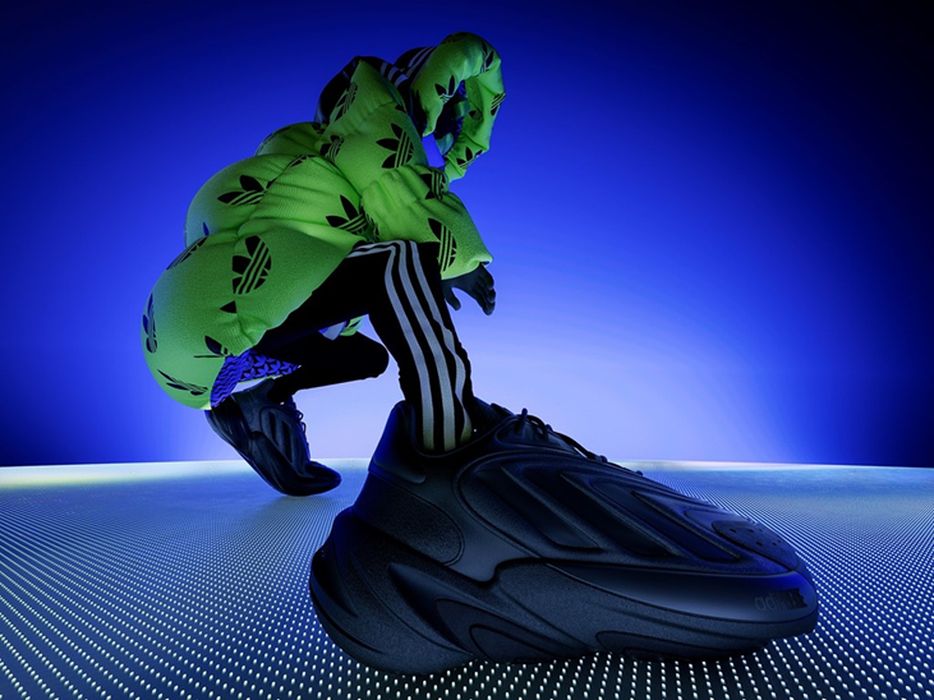
Nike is also venturing into the metaverse. In October 2021, the company filed trademark applications for “virtual goods” for both download and use in virtual environments. Shortly afterward, it launched “Nikeland”, a virtual space on Roblox where users can interact through sports and style their avatars with Nike gear.
Similarly, Mattel, the leading toymaker, has been expanding its media assets to include movie making and NFTs. In an unprecedented partnership with French luxury brand Balmain, the company released three NFTs of Barbie and Ken avatars completely styled in Balmain’s designs. The unique pieces were available at an online auction and marked Barbie’s debut in the metaverse.
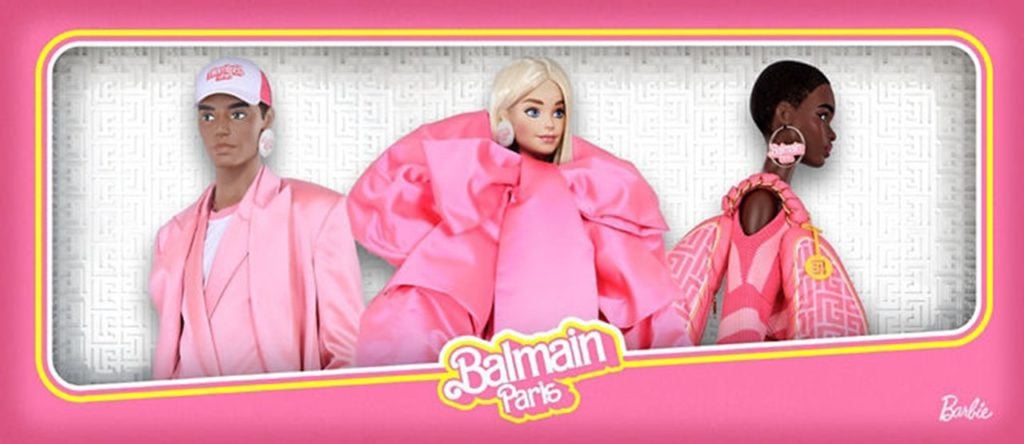
3D Printing and the Metaverse
With a focus on the democratization of experiences, the metaverse is opening the way for hybrid, highly-customized experiences. This innovative approach to design and development starts in the digital world, where consumers explore and compare various iterations of a product in different virtual environments. Once settled on their preferences, they can not only acquire the digital version of a good but also its physical one. 3D printing is the perfect medium to bridge this gap between the digital and physical worlds as it enables faster and more efficient production of customized items.
Nike’s recent acquisition of RTFKT, a maker of virtual sneakers and other collectibles, points to the great potential of the hybrid model. Founded in 2020, the startup “leverages the latest in-game engines, NFTs, blockchain authentication, and augmented reality to create one of a kind virtual products and experiences”. Though native to the metaverse, RTFKT has advanced hybrid initiatives through “forging events” in which owners of NFTs can request to have their virtual goods made into real ones.
A growing number of artists and designers are also using the hybrid model to sell their work as printable items. Fashion designer Danit Peleg, for instance, allows customers to see how the digital garments look through an Instagram AR filter, download the unlockable NFT file, and 3D print the design with the ownership rights from it’s NFT.
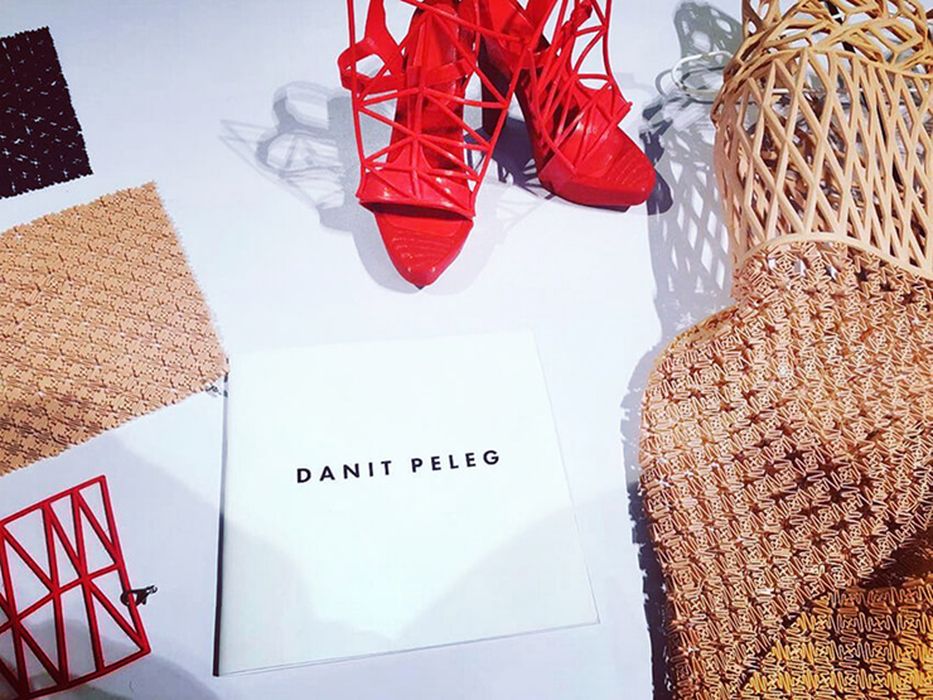
As an increasing number of companies stake a claim in the metaverse, the use of 3D printing to create hybrid experiences should also grow. Additive manufacture is often an indicator of eligibility for R&D Tax Credits, as presented below.
The Research & Development Tax Credit
The now permanent Research and Development (R&D) Tax Credit is available for companies developing new or improved products, processes and/or software.
3D printing can help boost a company’s R&D Tax Credits. Wages for technical employees creating, testing, and revising 3D printed prototypes can be included as a percentage of eligible time spent for the R&D Tax Credit. Similarly, when used as a method of improving a process, time spent integrating 3D printing hardware and software counts as an eligible activity. Lastly, when used for modeling and preproduction, the costs of filaments consumed during the development process may also be recovered.
Whether it is used for creating and testing prototypes or for final production, 3D printing is a great indicator that R&D Credit eligible activities are taking place. Companies implementing this technology at any point should consider taking advantage of R&D Tax Credits.
Conclusion
The metaverse rapidly creates new market opportunities for a variety of industries. In this context, 3D printing applications are likely to diversify and gain even more momentum. Additive manufacturing is a premier means to create hybrid experiences and also a great indicator of eligibility for R&D tax credits.
